A Classic Polish Cheesecake with a Tangy Twist
There’s something timeless about Polish sernik. With its delicate texture, slightly tangy flavor, and simple elegance, this cheesecake is a centerpiece of Polish celebrations. Whether served at Easter, Christmas, or a casual family gathering, sernik is a dessert that brings everyone together. Imagine the creamy cheese blending with the subtle notes of vanilla and citrus, a nostalgic taste of home for many.
Baking is love made visible.
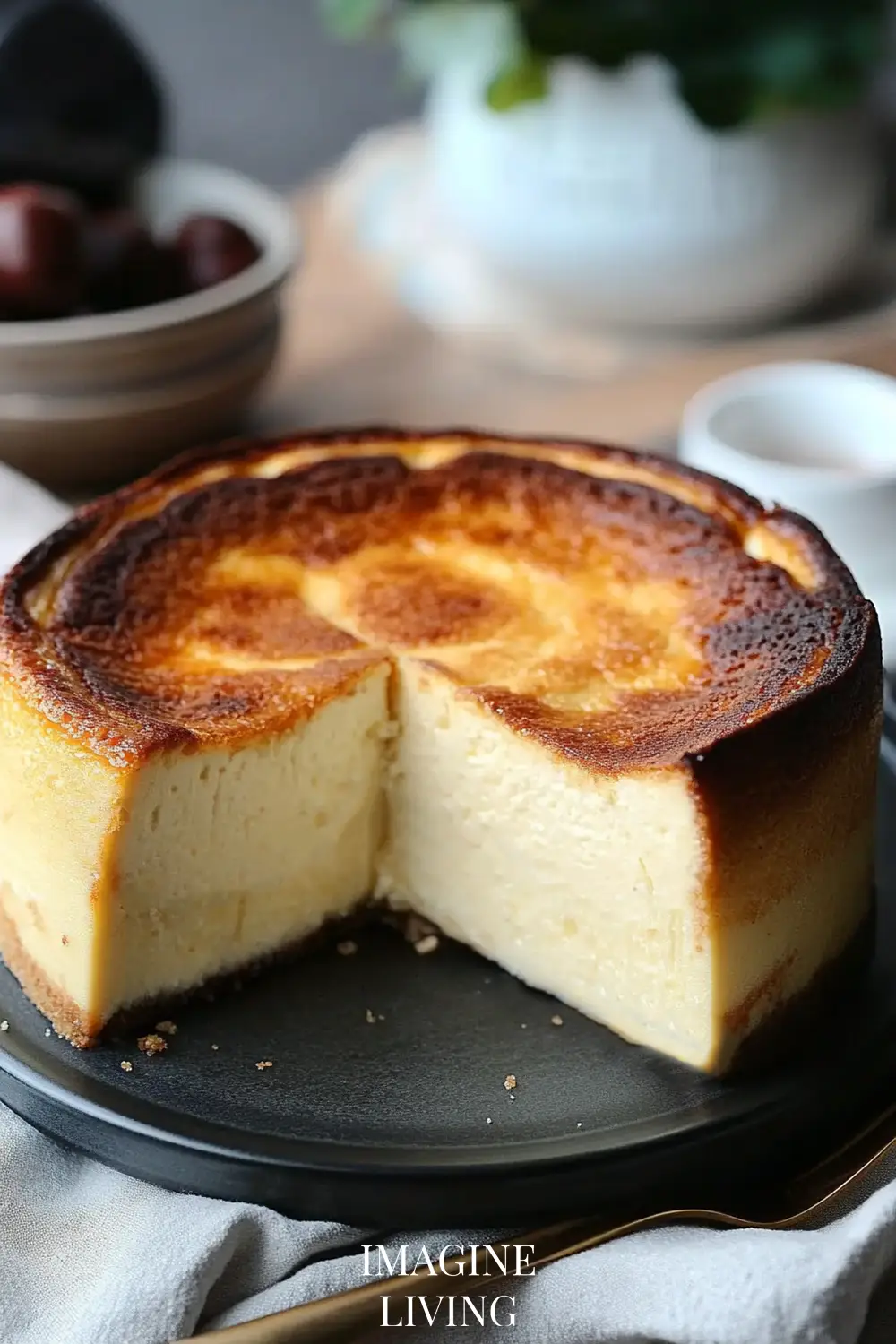
Why You’ll Love This Recipe
- Authentically Polish: Made with twaróg or farmer’s cheese for a traditional flavor.
- Light Yet Creamy: A perfect balance between richness and lightness.
- Versatile: Works beautifully without a crust and can be flavored with zest, raisins, or fruit toppings.
- Easy to Adapt: Accessible substitutes ensure anyone can recreate this classic, even without twaróg.
Desserts are the fairy tales of the kitchen.
Ingredients: A Perfect Blend for Polish Sernik
For the Cheese Filling
- 2 cups low-fat farmer’s cheese (twaróg) or substitute (see below)
- 1 cup non-fat Greek yogurt (strained if needed)
- 3 large eggs
- 3/4 cup sugar
- 1/4 cup semolina (Grieß)
- 1 packet vanilla pudding powder (about 1.5 oz/40 g)
- 1 tsp vanilla extract
- Zest of 1 lemon (optional, for brightness)
- 1/4 cup sour cream or heavy cream (use light sour cream for a lighter version)
- Pinch of salt
- Optional: 1/2 cup raisins (soaked in rum or water)

Equipment Needed
- 9-inch springform pan
- Parchment paper
- Mixing bowls
- Hand or stand mixer
- Fine sieve or cheesecloth (if straining substitutes for twaróg)
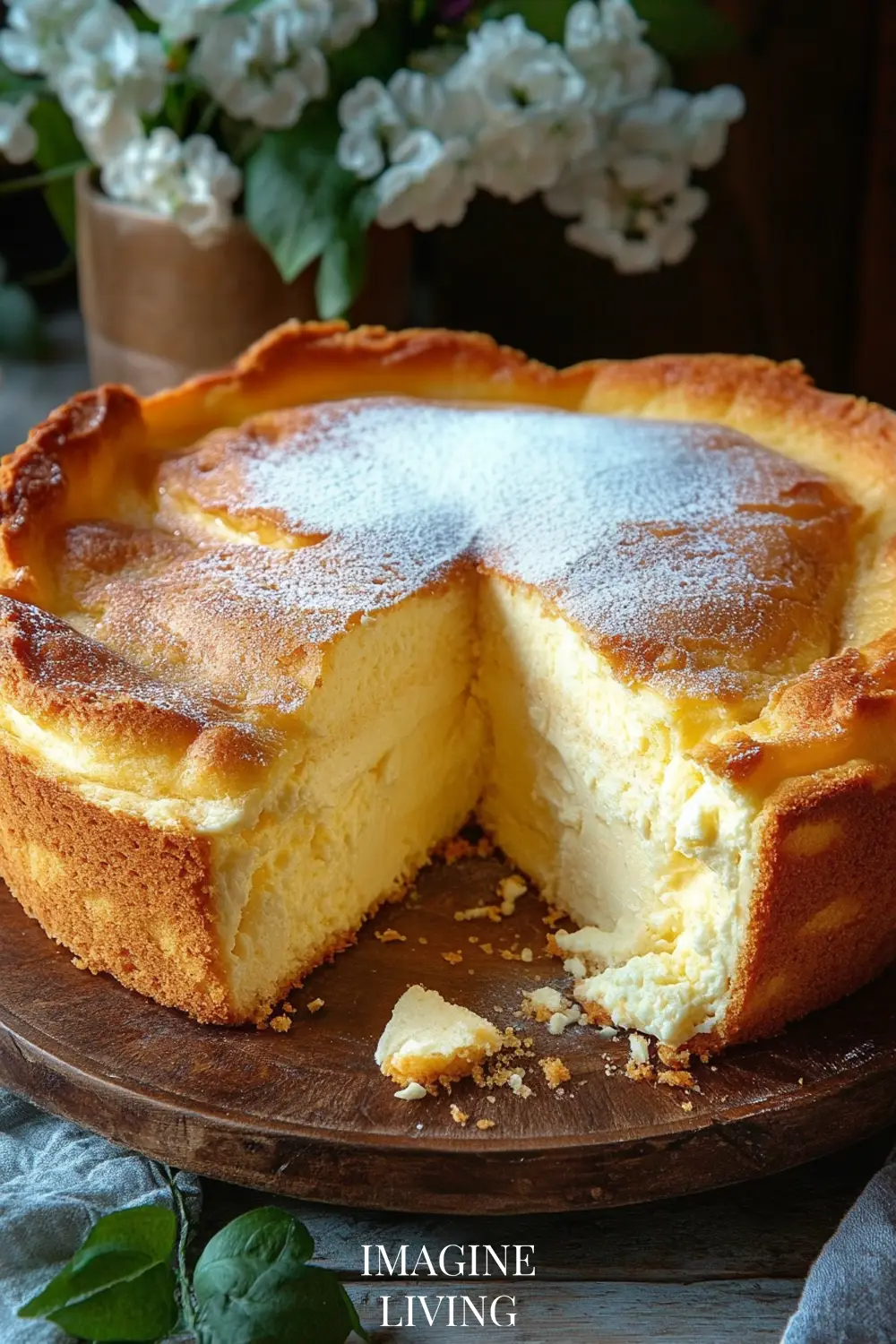
Step-by-Step Guide to Light Polish Sernik (Without Crust)
Prepare the Cheese Mixture
- If using twaróg: Place 2 cups of low-fat twaróg into a bowl. Use a fork or potato masher to break it into smaller pieces, then blend with a hand mixer or food processor until smooth and creamy. Set aside.
- If substituting for twaróg:
- Blend Cottage Cheese: Measure 1 cup of low-fat cottage cheese and place it in a blender or food processor. Blend for 1–2 minutes until completely smooth, scraping down the sides as needed.
- Add Greek Yogurt: Add 1 cup of non-fat Greek yogurt to the blender. Blend again until the mixture is thick, smooth, and slightly tangy. This yields 2 cups of a twaróg substitute.
- Tip: If the substitute mixture seems too runny, strain the Greek yogurt using cheesecloth to remove excess liquid before blending.
Prepare the Egg Mixture
- Separate Eggs: Crack 3 large eggs, separating the yolks and whites into two separate bowls. Make sure no yolk gets into the whites.
- Tip: Use an egg separator or carefully pass the yolk back and forth between the shell halves.
- Beat the Yolks: Add the sugar to the bowl with the egg yolks. Use a hand or stand mixer to beat the mixture on medium speed until it becomes pale, thick, and fluffy (2–3 minutes).
Combine the Cheese and Dry Ingredients
- Mix the Yolks with Cheese: Gradually add the prepared twaróg or cheese substitute to the beaten yolk mixture. Mix on low speed until smooth.
- Add Dry Ingredients: Sprinkle in the semolina and vanilla pudding powder. Add the vanilla extract, lemon zest (if using), sour cream (or light sour cream), and a pinch of salt. Mix gently until just combined.
- Tip: Avoid overmixing to maintain a light texture.
Prepare the Egg Whites
- Beat the Whites: Use clean beaters to whip the egg whites on medium speed until soft peaks form. Gradually increase the speed and beat until stiff peaks form.
- Tip: Stiff peaks will hold their shape when you lift the whisk. Be careful not to overbeat, as this can make the whites grainy.
Fold in the Egg Whites
- Lighten the Batter: Add one-third of the beaten egg whites to the cheese mixture. Gently fold them in using a sweeping motion with a spatula to lighten the batter.
- Incorporate the Remaining Whites: Add the remaining egg whites in two additions, folding carefully each time to keep the batter airy.
- Tip: Be gentle to avoid deflating the whipped egg whites, as this helps create a lighter texture.
Assemble and Bake
- Prepare the Pan: Grease a 9-inch springform pan with butter or cooking spray. Line the bottom with parchment paper for easy removal.
- Pour the Batter: Carefully pour the prepared batter into the pan and smooth the top with a spatula.
- Bake the Cheesecake: Preheat the oven to 325°F (163°C). Bake the cheesecake for 60–70 minutes, or until the edges are set and golden, and the center jiggles slightly when shaken.
- Tip: If the top starts browning too quickly, cover it loosely with aluminum foil.
Cool and Chill
- Cool Gradually: Turn off the oven and leave the cheesecake inside with the door slightly ajar for 15 minutes. This gradual cooling process helps prevent cracks.
- Refrigerate: Allow the cheesecake to cool to room temperature, then cover and refrigerate for at least 4 hours or overnight to fully set.
Serve
- Slice the cheesecake and serve it chilled. Enjoy plain, dusted with powdered sugar, or topped with your favorite fruit preserves.
Good food is all the sweeter when shared with loved ones.
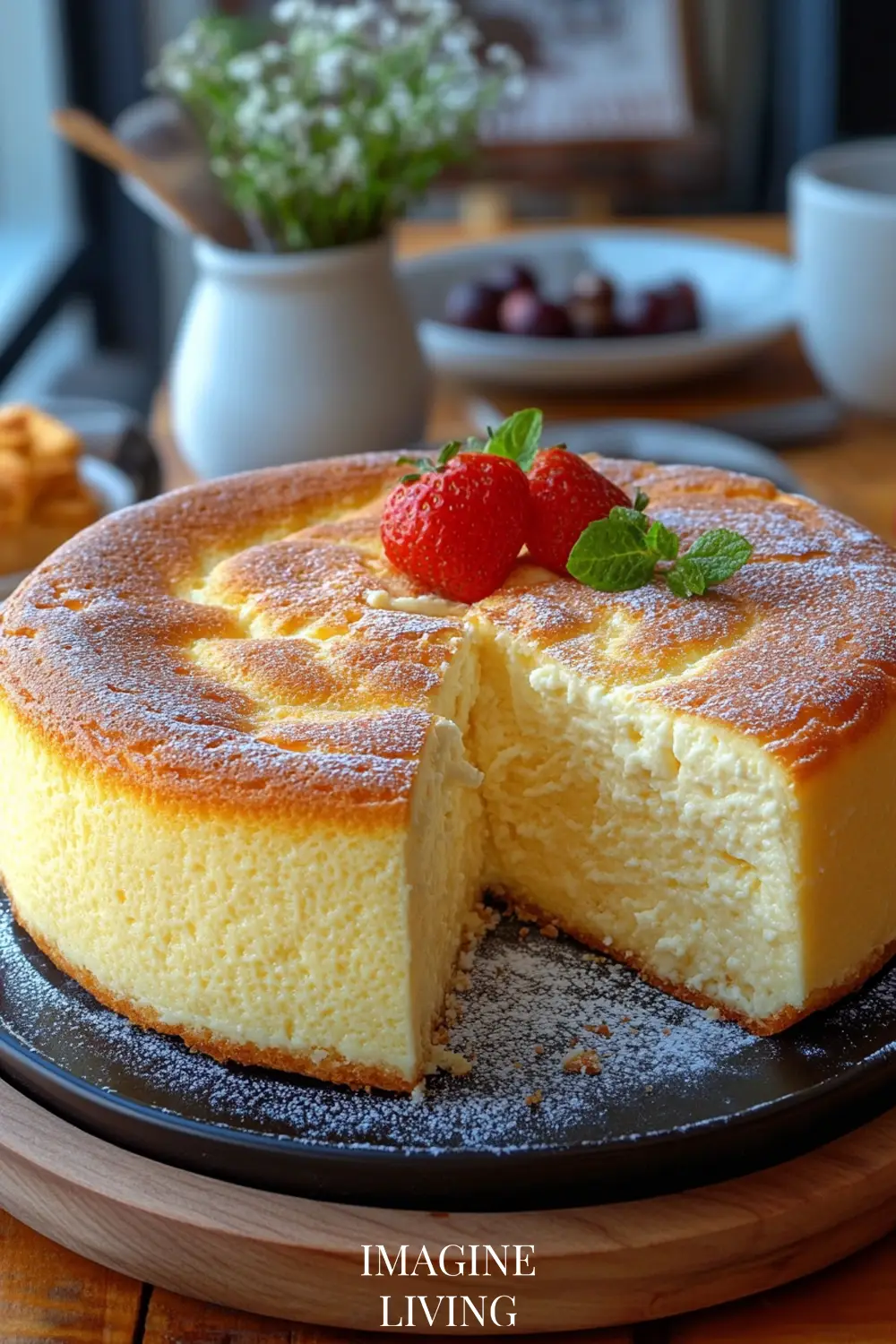
Pro Tips for the Perfect Sernik
- Use High-Quality Cheese: Authentic low-fat twaróg makes the best sernik, but blending substitutes like cottage cheese, ricotta, and yogurt can yield excellent results.
- Soak Raisins: If using raisins, soak them in warm water or rum for added flavor and plumpness.
- Prevent Cracks: Bake the cheesecake in a water bath or place a tray of water on the lower oven rack to maintain moisture.
- Customize the Flavor: Add a splash of almond extract or orange zest for a unique twist.
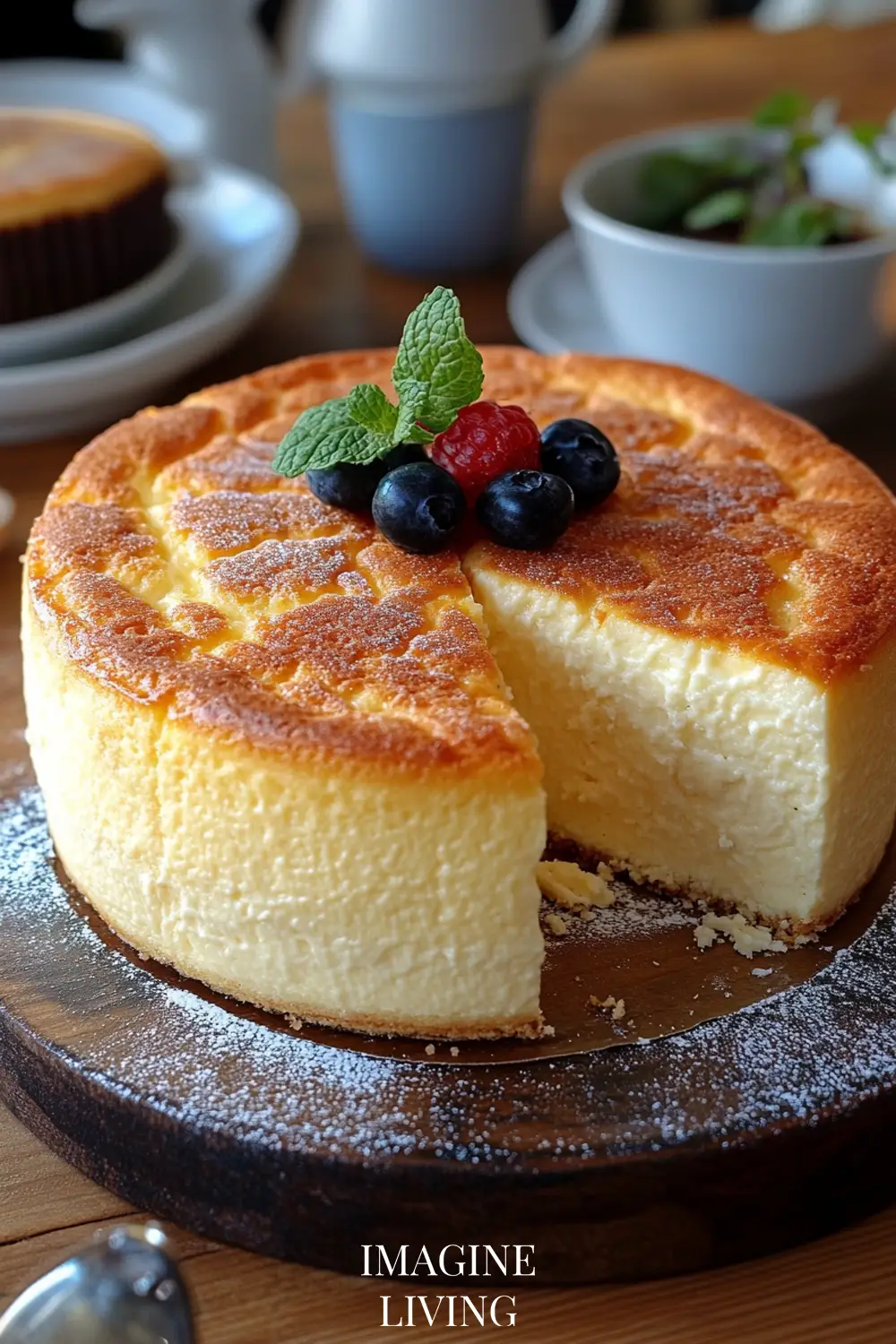
Serving Suggestions
- Pair with a cup of hot tea or coffee for a cozy treat.
- Serve with whipped cream and a sprinkle of cinnamon for added indulgence.
- Complement with a side of fruit salad or a tangy fruit coulis.
A recipe has no soul. You, as the cook, must bring soul to the recipe. – Thomas Keller
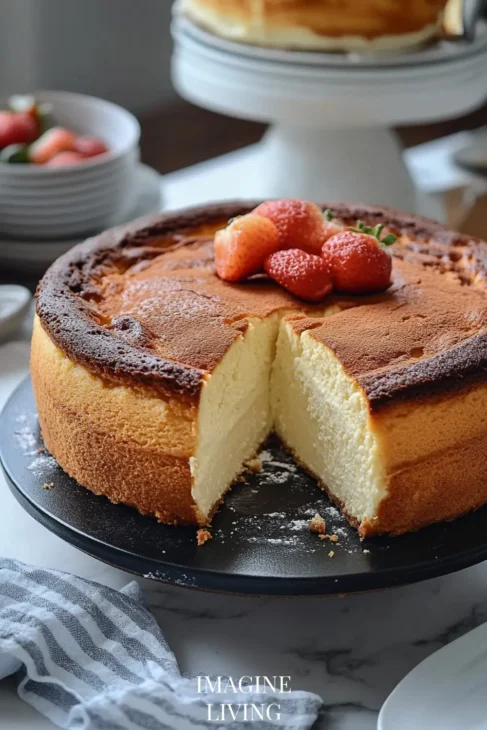
Creative Variations: Customize Your Sernik
Lemon Sernik
- Add an extra tablespoon of lemon juice and zest for a zesty, refreshing flavor.
- Tip: Top with a lemon glaze for extra brightness.
Chocolate Sernik
- Mix in 1/3 cup cocoa powder and swirl melted chocolate on top before baking.
- Tip: Serve with a dollop of whipped cream.
No-Crust Sernik
- Already included! Baking without a crust highlights the creamy filling and makes it gluten-free.
- Tip: Grease the pan well and line with parchment paper to prevent sticking.
Sernik with Fruit Topping
- Spread cherry or raspberry preserves on top after baking.
- Tip: Add fresh fruit for a vibrant presentation.
Coconut Sernik
- Add 1/2 cup shredded coconut to the filling for a tropical twist.
- Tip: Lightly toast extra coconut to sprinkle on top before serving.
Food is not just fuel; it’s information. It talks to your DNA and tells it what to do. – Dr. Mark Hyman
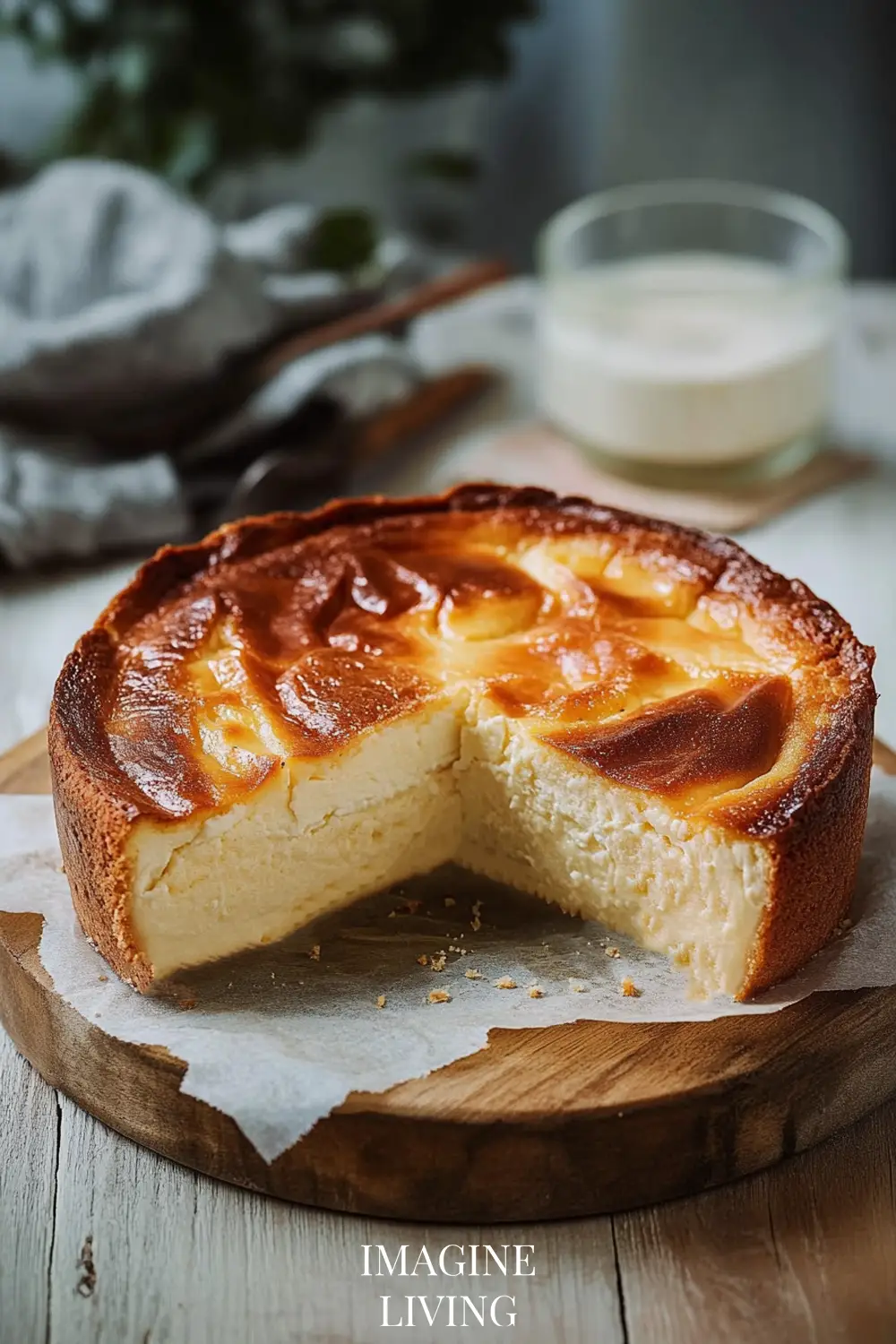
Storage and Reheating: Keep It Fresh and Delicious
- Refrigeration: Store in an airtight container for up to 5 days.
- Freezing: Wrap individual slices tightly in plastic wrap and freeze for up to 3 months.
- Reheating: Thaw frozen slices overnight in the fridge. Enjoy chilled or bring to room temperature before serving.
Common Mistakes to Avoid
Overmixing the Filling
- Overmixing incorporates too much air, leading to cracks and a dense texture.
- Tip: Mix gently and stop once ingredients are just combined.
Skipping the Cooling Step
- Rapid cooling can cause the cheesecake to crack.
- Tip: Always cool gradually in the oven with the door ajar.
Using Watery Cheese
- Cheese with too much moisture can lead to a runny filling.
- Tip: Strain cottage cheese or ricotta through a cheesecloth for a thicker consistency.
Not Preparing the Pan
- A poorly greased pan can cause sticking or difficulty removing the cheesecake.
- Tip: Line the bottom and sides with parchment paper for easy release.
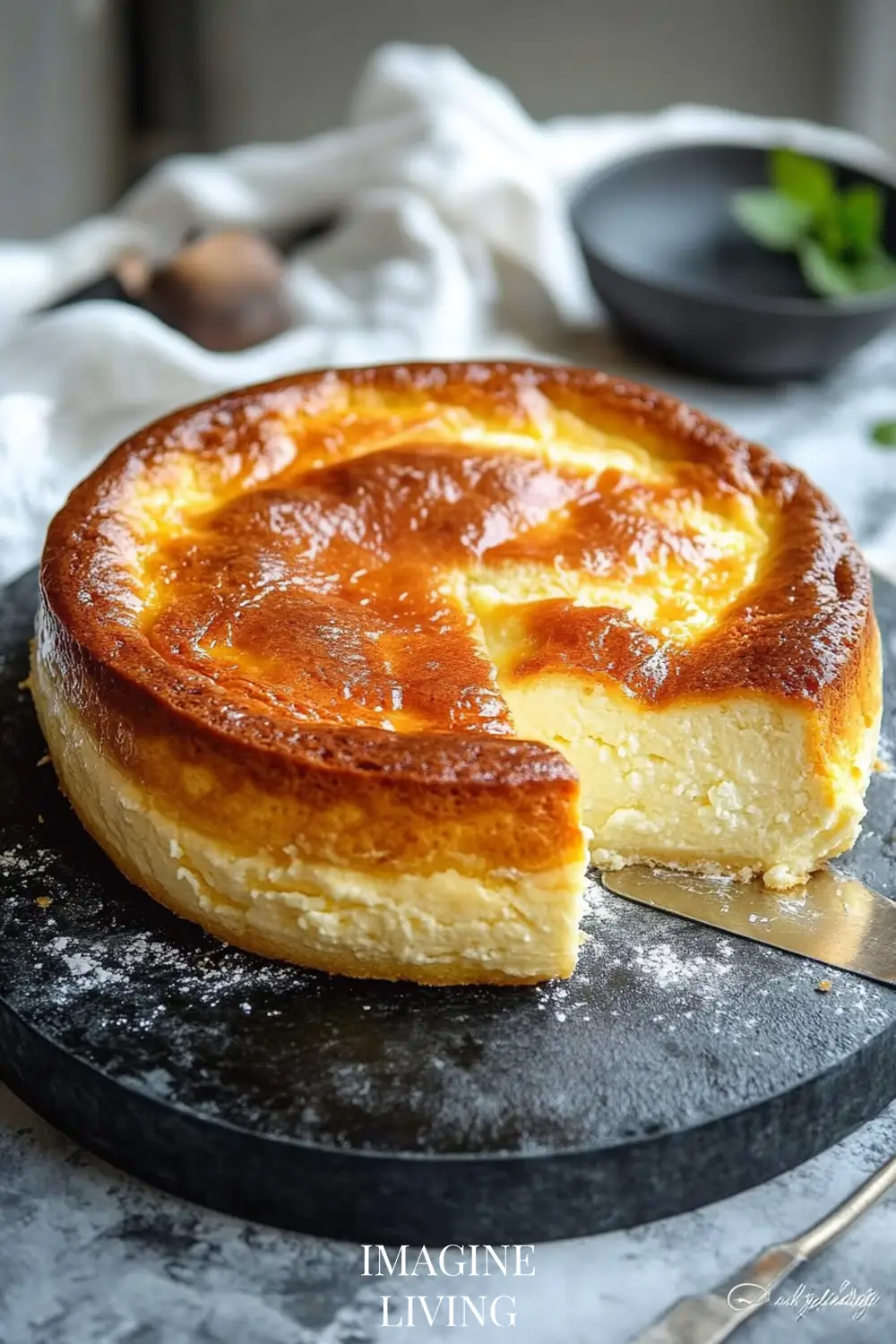
FAQ
Can I Use Cream Cheese Instead of Twaróg?
Yes, but blending it with cottage cheese, ricotta, and Greek yogurt will produce a closer texture to twaróg.
Do I Need a Crust?
No, this recipe is perfect without a crust for a lighter, gluten-free option.
Can I Make This Ahead?
Yes! Sernik tastes even better the next day after chilling.
How Do I Prevent Cracks?
Bake in a water bath or leave a tray of water in the oven for added moisture.
What Can I Use Instead of Pudding Powder?
Cornstarch or flour (2 tbsp) mixed with vanilla extract can be a substitute.
The Timeless Appeal of Polish Sernik
Polish sernik is more than a dessert—it’s a celebration of tradition and taste. Whether you’re recreating family memories or trying it for the first time, this cheesecake offers a perfect blend of simplicity and indulgence. With its creamy texture and versatile flavor, sernik is bound to become a favorite at your table.
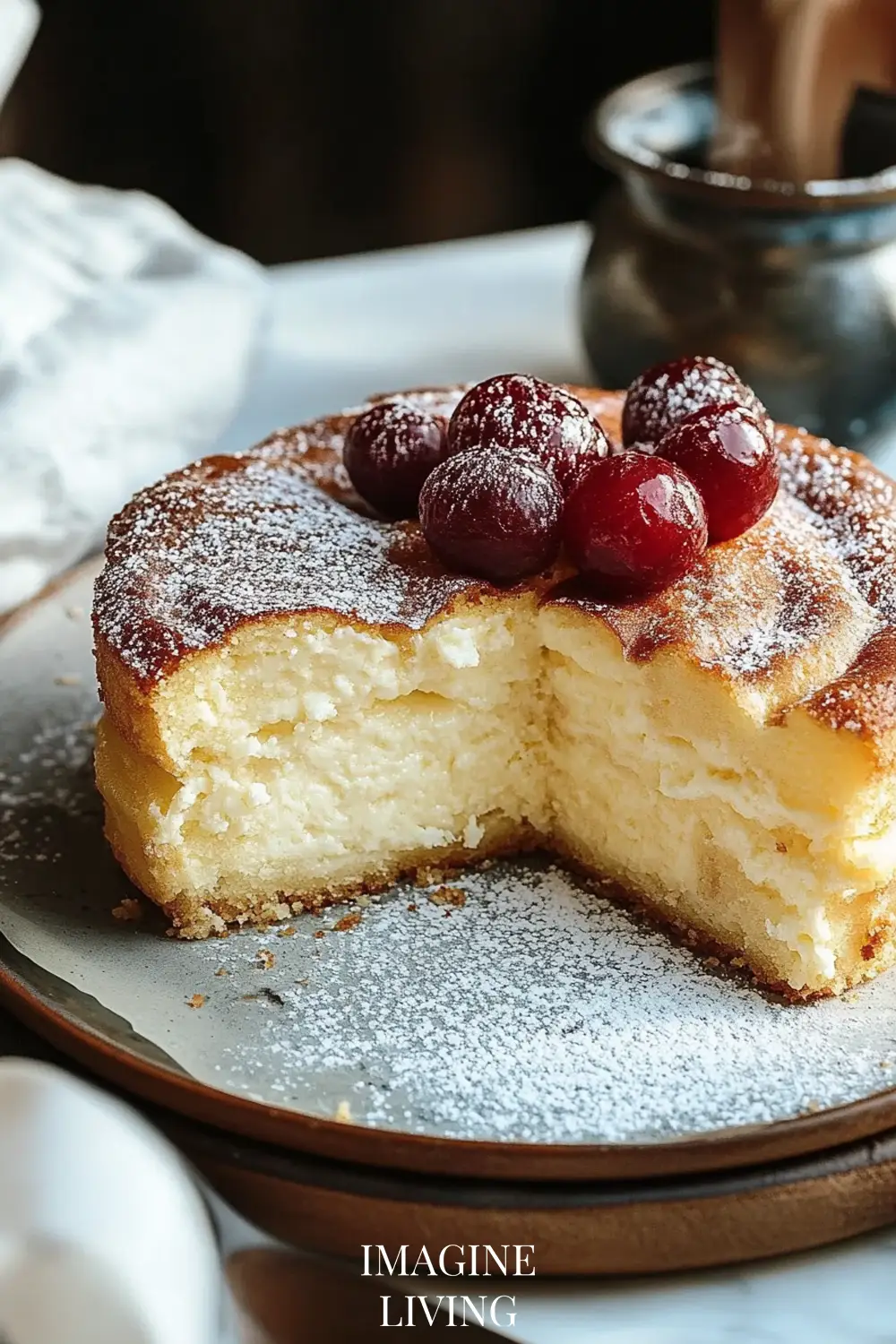

Polish Sernik (Light Crustless Cheesecake)
Equipment
- 9-inch springform pan
- Parchment paper
- Mixing bowls
- Hand or stand mixer
- Fine sieve or cheesecloth (if straining substitutes for twaróg)
Ingredients
For the Cheese Filling:
- 2 cups low-fat farmer’s cheese twaróg or substitute (see instructions below)
- 1 cup non-fat Greek yogurt strained if needed
- 3 large eggs yolks and whites separated
- 3/4 cup sugar
- 1/4 cup semolina Grieß
- 1 packet vanilla pudding powder about 1.5 oz/40 g
- 1 tsp vanilla extract
- Zest of 1 lemon optional
- 1/4 cup sour cream or light sour cream
- Pinch of salt
- Optional: 1/2 cup raisins soaked in rum or water
Instructions
Prepare the Cheese Mixture
- If using twaróg: Blend 2 cups of twaróg in a food processor until smooth and creamy.
- If substituting: Blend 1 cup of low-fat cottage cheese until smooth. Add 1 cup of non-fat Greek yogurt and blend again until the mixture is thick, smooth, and creamy.
- Tip: Strain the Greek yogurt with cheesecloth beforehand if needed to reduce excess liquid.
Prepare the Egg Mixture
- Separate the eggs into yolks and whites.
- Beat the egg yolks and sugar together in a large bowl until pale, thick, and fluffy (2–3 minutes).
- Combine the Cheese and Dry Ingredients
- Gradually add the cheese mixture to the egg yolk mixture and mix on low speed until smooth.
- Add the semolina, vanilla pudding powder, vanilla extract, lemon zest (if using), sour cream, and a pinch of salt. Mix gently until just combined.
Prepare the Egg Whites
- Beat the egg whites with clean beaters until stiff peaks form. Be careful not to overbeat.
- Gently fold one-third of the beaten egg whites into the cheese mixture to lighten it. Repeat with the remaining whites in two additions, folding carefully to avoid deflating.
Assemble and Bake
- Grease a 9-inch springform pan and line the bottom with parchment paper. Pour the batter into the pan and smooth the top.
- Bake at 325°F (163°C) for 60–70 minutes, or until the edges are set and the center slightly jiggles. If the top browns too quickly, cover loosely with aluminum foil.
Cool and Chill
- Turn off the oven and let the cheesecake cool inside with the door ajar for 15 minutes. Remove and cool to room temperature.
- Refrigerate for at least 4 hours or overnight to set completely.
Serve
- Slice and serve chilled. Enjoy plain, dusted with powdered sugar, or topped with fruit preserves.
Notes
Preventing Cracks: Gradual cooling helps prevent cracks in the cheesecake.
Storage: Store in an airtight container in the refrigerator for up to 5 days or freeze individual slices for up to 3 months.







